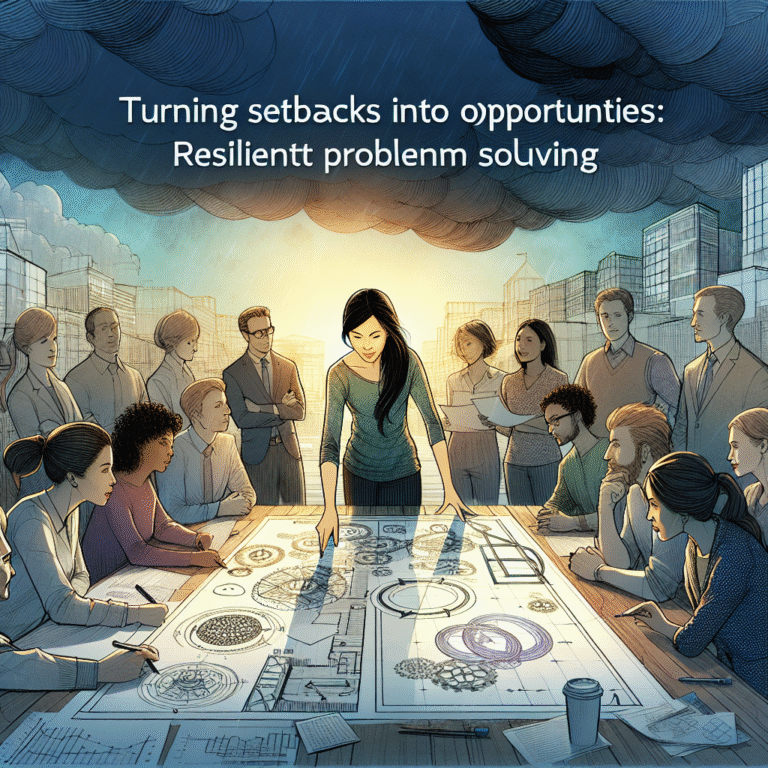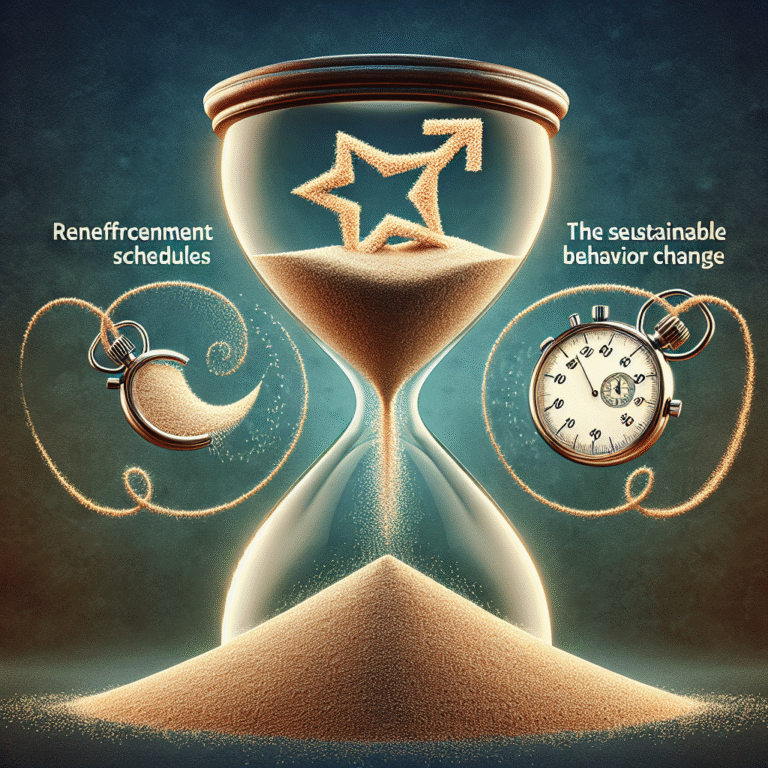
Introduction
Imagine a world where recovery from injury is not just a possibility but a promise. In the realm of rehabilitation, Innovative Techniques to Enhance Motor Learning in Rehabilitation are not just augmentations; they are game-changers. These methodologies are not only reshaping therapeutic practices but also fueling hope for patients striving to regain autonomy over their movements. As we delve into the intricacies of motor learning, we unveil how these innovative techniques can optimize recovery outcomes and foster long-term success.
Understanding Motor Learning in Rehabilitation
Motor learning is a complex process involving the acquisition, refinement, and retention of skills required for movement. It’s essential in rehabilitation, especially after strokes, traumatic injuries, or surgeries. Understanding this process allows rehabilitation professionals to tailor their approaches more effectively.
Innovative Techniques to Enhance Motor Learning in Rehabilitation
1. Virtual Reality (VR) Therapy
Case Study: Stroke Rehabilitation Using VR
A study conducted at a leading rehabilitation center introduced a VR therapeutic program for stroke patients. Participants engaged in simulated activities such as gripping and lifting with visual cues in a virtual environment. The results showed a 30% greater improvement in motor function compared to those using traditional methods.
Analysis:
This case emphasizes how immersive environments can create unique learning opportunities, making tasks more engaging and less daunting for patients. Furthermore, VR provides real-time feedback, essential in motor learning.
2. Gamification of Rehabilitation Exercises
Transforming rehab exercises into games can significantly enhance motivation. By integrating scoring systems and competitions, patients become more invested in their recovery journey.
Case Study: Gamified Exercise Programs for Older Adults
A program targeted at older adults aimed to encourage participation in physical therapy through gamified loops. Participants reported a 40% increase in adherence to their rehabilitation programs, leading to better outcomes.
Analysis:
Engagement through gamification taps into psychological aspects, turning rehabilitation into a rewarding experience. Enhanced adherence is vital, as regular practice is critical in developing and maintaining motor skills.
3. Constraint-Induced Movement Therapy (CIMT)
CIMT involves restricting the use of the unaffected limb, compelling patients to use the affected one intensively. This method is particularly effective post-stroke.
Case Study: Application of CIMT in Pediatric Patients
In a pediatric rehab unit, children with hemiparesis underwent CIMT over six weeks. They exhibited significant improvements in upper limb function and a remarkable boost in confidence, transitioning more smoothly into daily activities.
Analysis:
Constraint-Induced Movement Therapy showcases how targeted strategies, focusing on intensive practice, foster neural adaptations necessary for improved motor performance.
4. Mirror Therapy
This innovative rehabilitation technique leverages the brain’s adaptability by using visual feedback from the unaffected limb to enhance motor skills in the affected limb.
Case Study: Mirror Therapy for Phantom Limb Pain
Patients suffering from phantom limb pain were treated with mirror therapy, resulting in significant pain reduction and improved functioning in their remaining limbs.
Analysis:
This case exhibits the potential mirror therapy has for both pain relief and enhancing motor learning by addressing the neural pathways involved in both motor perception and memory.
5. Robotic-Assisted Therapy
Using robotic devices for therapy can provide precise, repeatable movements, helping patients relearn motor skills in a controlled manner.
Case Study: Robotics in Neuroscience Rehabilitation
A comprehensive study demonstrated improved outcomes in patients with spinal cord injuries who participated in robotic-assisted therapy. They showed significant improvements in functional mobility and an increase in the use of assistive devices.
Analysis:
Robotic assistance in rehabilitation not only amplifies the practice quality but also keeps patients engaged through structured routines, optimizing motor learning pathways.
6. Fostering Neuroplasticity through Task-Specific Training
Neuroplasticity is the brain’s ability to form new neural connections. Task-specific training can harness this capacity effectively.
Case Study: Task-Specific Training after TBI
A group of patients who had suffered traumatic brain injuries engaged in task-specific training that focused on everyday activities. They showed dramatic improvements in both motor skills and cognitive awareness of their movement capabilities.
Analysis:
Task-specific training proves valuable in real-world applications, reinforcing the importance of engaging patients in activities that closely mimic their daily lives, optimizing motor learning in rehabilitation.
7. Tele-rehabilitation
The rise of digital platforms has made tele-rehabilitation possible, allowing therapists to monitor and guide patients remotely.
Case Study: Tele-Rehabilitation for Rural Patients
A rural clinic implemented a tele-rehabilitation program that allowed patients to engage in supervised exercises from home. Feedback collected over six months showed a 50% improvement in recovery rates.
Analysis:
This case highlights how accessibility through tele-rehabilitation overcomes geographical barriers, delivering personalized care and consistent engagement, both crucial for enhancing motor learning.
Visualizing Key Insights
| Technique | Case Study Focus | Outcome |
|---|---|---|
| Virtual Reality | Stroke Rehabilitation | 30% improvement in motor function |
| Gamification | Older Adult Participation | 40% increase in program adherence |
| Constraint-Induced Therapy (CIMT) | Pediatric Hemiparesis | Significant upper limb function improvements |
| Mirror Therapy | Phantom Limb Pain | Pain reduction and enhanced motor skills |
| Robotic-Assisted Therapy | Spinal Cord Injuries | Better functional mobility and assistive device use |
| Task-Specific Training | Traumatic Brain Injury | Improvement in motor skills and cognitive awareness |
| Tele-Rehabilitation | Rural Patient Accessibility | 50% improvement in recovery rates |
Conclusion
The landscape of rehabilitation is undergoing a remarkable transformation fueled by Innovative Techniques to Enhance Motor Learning in Rehabilitation. From VR to robotic assistance, these strategies not only engage patients more effectively but also harness the brain’s natural capacity for change. As we embrace technology and tailored therapeutic approaches, we are empowering individuals on their journey to independence and well-being.
Actionable Insights
- Stay Informed: Regularly update knowledge on new techniques in motor learning rehabilitation.
- Incorporate Variety: Engage patients through various innovative methods tailored to their needs.
- Encourage Participation: Foster a participatory environment where patients feel motivated to contribute to their recovery process.
FAQs
1. What are motor learning techniques in rehabilitation?
Motor learning techniques involve strategies that enhance the brain’s ability to acquire, refine, and retain movement skills essential for rehabilitation.
2. How does gamification work in therapy?
Gamification incorporates elements of game design in therapeutic exercises to make them more engaging, thereby improving adherence and outcomes.
3. What is Constraint-Induced Movement Therapy?
CIMT is a rehabilitation technique that restricts the unaffected limb, encouraging intensive use of the affected limb to promote recovery.
4. Can virtual reality truly enhance recovery outcomes?
Yes, VR creates immersive environments that make rehabilitation engaging and provide immediate feedback, enhancing motor learning.
5. How does tele-rehabilitation benefit patients?
Tele-rehabilitation increases access to care for patients, offering personalized guidance remotely and eliminating barriers related to transportation.
By leveraging these Innovative Techniques to Enhance Motor Learning in Rehabilitation, we can significantly improve patient outcomes, ensuring that recovery is not just possible, but indeed, a reality.














